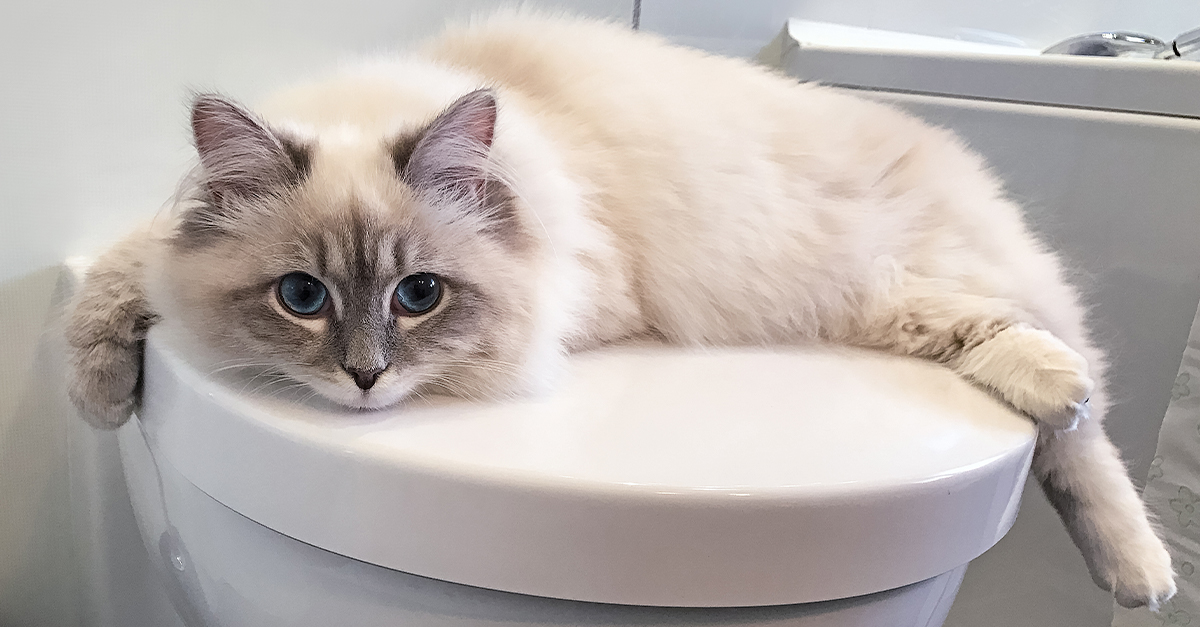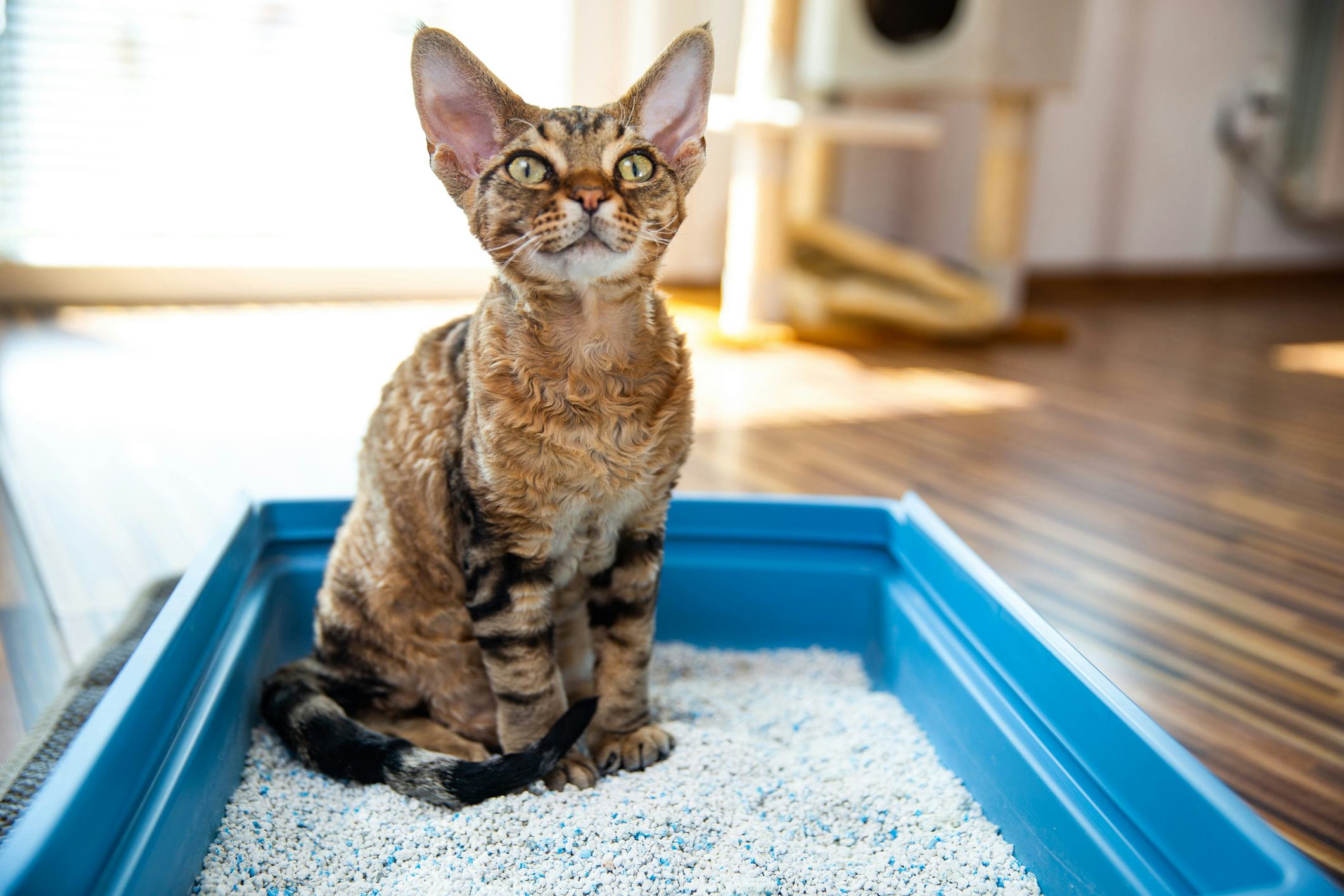Almost everyone has their own way of thinking when it comes to Why you should never flush dog poop down the toilet.

When it concerns taking care of waste, especially animal waste, many people frequently turn to the practical choice of flushing it down the toilet. However, this seemingly very easy remedy can have significant effects for the setting and public health. In this write-up, we'll check out why flushing animal waste down the toilet is a bad idea and provide different techniques for proper disposal.
Intro
Correct waste disposal is essential for keeping ecological sustainability and public health. While it may appear harmless to flush animal waste down the commode, it can result in numerous problems, both for the setting and human wellness.
Threats of flushing animal waste
Ecological impact
Purging animal waste introduces harmful bacteria and pathogens into rivers, which can negatively affect marine communities. These pathogens can infect water resources and harm marine life, interfering with delicate environments.
Public health worries
Animal waste has dangerous microorganisms such as E. coli and Salmonella, which can position severe health threats to humans. Flushing animal waste down the bathroom can infect water products, leading to the spread of diseases and infections.
Alternatives to flushing
Rather than flushing animal waste down the bathroom, there are numerous different disposal approaches that are extra eco-friendly and sanitary.
Composting
Composting pet waste is a green means to take care of it. By composting, raw material is broken down right into nutrient-rich dirt, which can check here be utilized to fertilize gardens and plants.
Landfill disposal
Disposing of animal waste in a land fill is one more option. While not as environmentally friendly as composting, it is a much safer choice to flushing, as it protects against the contamination of water resources.
Family pet waste disposal systems
There are customized animal garbage disposal systems offered that securely and hygienically get rid of animal waste. These systems often utilize enzymes to break down waste and eliminate odors.
Actions to correct pet waste disposal
To make sure correct disposal of pet waste, follow these steps:
Scooping and bagging waste
On a regular basis scoop and bag pet waste making use of biodegradable bags. This stops waste from infecting the atmosphere.
Using assigned waste containers
Dispose of bagged animal waste in marked waste containers, such as garden compost containers or land fill containers. Stay clear of flushing it down the commode in all costs.
Cleaning can and pet areas consistently
Regularly clean can and pet dog locations to avoid the accumulation of waste and germs. Use pet-safe cleaning products to maintain health.
Advantages of appropriate disposal methods
Adopting correct disposal approaches for pet waste provides numerous advantages:
Decreased environmental pollution
Correct disposal techniques decrease the threat of environmental pollution, safeguarding waterways and ecological communities from contamination
Lessened risk of water contamination.
By preventing flushing pet waste down the toilet, the threat of water contamination is considerably lowered, safeguarding public health.
Enhanced cleanliness and health
Appropriate disposal techniques advertise much better cleanliness and hygiene, creating a safer environment for both people and pets.
Conclusion
Finally, purging animal waste down the commode is hazardous to the setting and public health. By adopting different disposal techniques and adhering to correct waste administration methods, we can minimize the unfavorable effect of animal waste and add to a cleaner, healthier world.
What To Do With Dog Poo – The Do's And Don'ts Of Disposing Of Faeces
Dog poo bins
Some councils provide dedicated dog waste bins in popular dog-walking areas that can take dog poo that has been bagged but you can legally dispose of dog waste in any public litter bin, as long as it is securely bagged. This also applies to your wheelie bin at home.
Do not flush
Water companies do not recommend flushing dog faeces down the toilet because certain parasites can survive the water processing treatment and are potentially harmful to humans. You should also never consider flushing dog poo that has been bagged down the toilet as the bags will not break down and instead create severe blockages in the sewage system.
In the woods
The Forestry Commission promotes a ‘stick and flick’ method for dealing with waste in the woods. This means finding a stick and using it to flick any poo from off the path so that it is out of the way of other walkers. You could also bury it as long as it is not in an area where there might be livestock.
Livestock
Parasites found in dog poo can be transmitted to livestock if they inadvertently eat infected faeces that has been left on grazing land. This could result in the death of sheep or abortion in cattle so you should always make sure you pick up your dog’s waste in fields where livestock could be present.

Regularly clean can and pet dog locations to avoid the accumulation of waste and germs. Use pet-safe cleaning products to maintain health.
Advantages of appropriate disposal methods
Adopting correct disposal approaches for pet waste provides numerous advantages:
Decreased environmental pollution
Correct disposal techniques decrease the threat of environmental pollution, safeguarding waterways and ecological communities from contamination
Lessened risk of water contamination.
By preventing flushing pet waste down the toilet, the threat of water contamination is considerably lowered, safeguarding public health.
Enhanced cleanliness and health
Appropriate disposal techniques advertise much better cleanliness and hygiene, creating a safer environment for both people and pets.
Conclusion
Finally, purging animal waste down the commode is hazardous to the setting and public health. By adopting different disposal techniques and adhering to correct waste administration methods, we can minimize the unfavorable effect of animal waste and add to a cleaner, healthier world.
What To Do With Dog Poo – The Do's And Don'ts Of Disposing Of Faeces
Dog poo bins
Some councils provide dedicated dog waste bins in popular dog-walking areas that can take dog poo that has been bagged but you can legally dispose of dog waste in any public litter bin, as long as it is securely bagged. This also applies to your wheelie bin at home.
Do not flush
Water companies do not recommend flushing dog faeces down the toilet because certain parasites can survive the water processing treatment and are potentially harmful to humans. You should also never consider flushing dog poo that has been bagged down the toilet as the bags will not break down and instead create severe blockages in the sewage system.
In the woods
The Forestry Commission promotes a ‘stick and flick’ method for dealing with waste in the woods. This means finding a stick and using it to flick any poo from off the path so that it is out of the way of other walkers. You could also bury it as long as it is not in an area where there might be livestock.
Livestock
Parasites found in dog poo can be transmitted to livestock if they inadvertently eat infected faeces that has been left on grazing land. This could result in the death of sheep or abortion in cattle so you should always make sure you pick up your dog’s waste in fields where livestock could be present.

I was guided to that article on Can You Flush Dog and Cat Poo Down the Toilet? from an associate on our other web property. Are you aware of somebody who is fascinated about the subject? Please feel free to promote it. We love your readership.
This Site